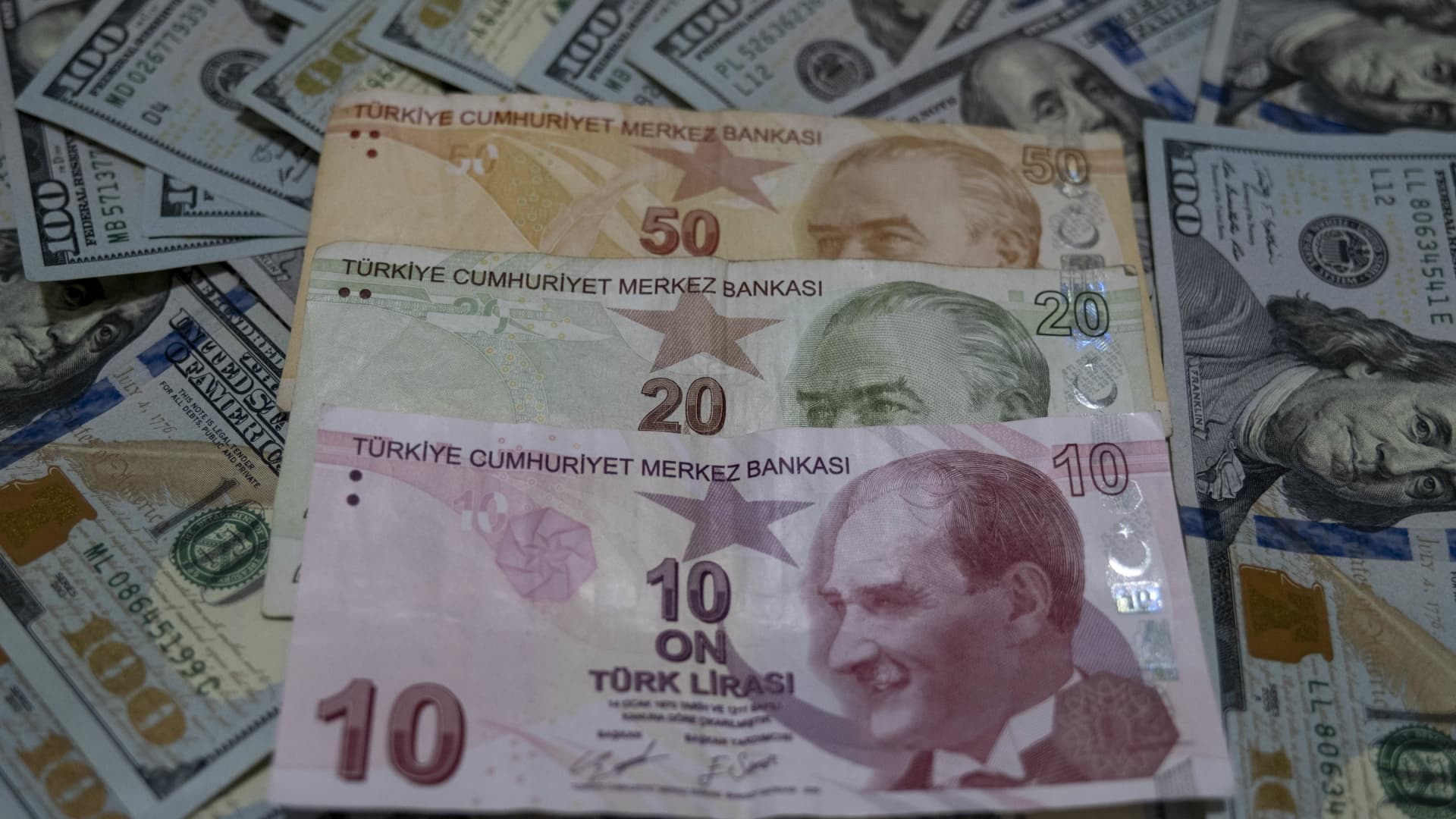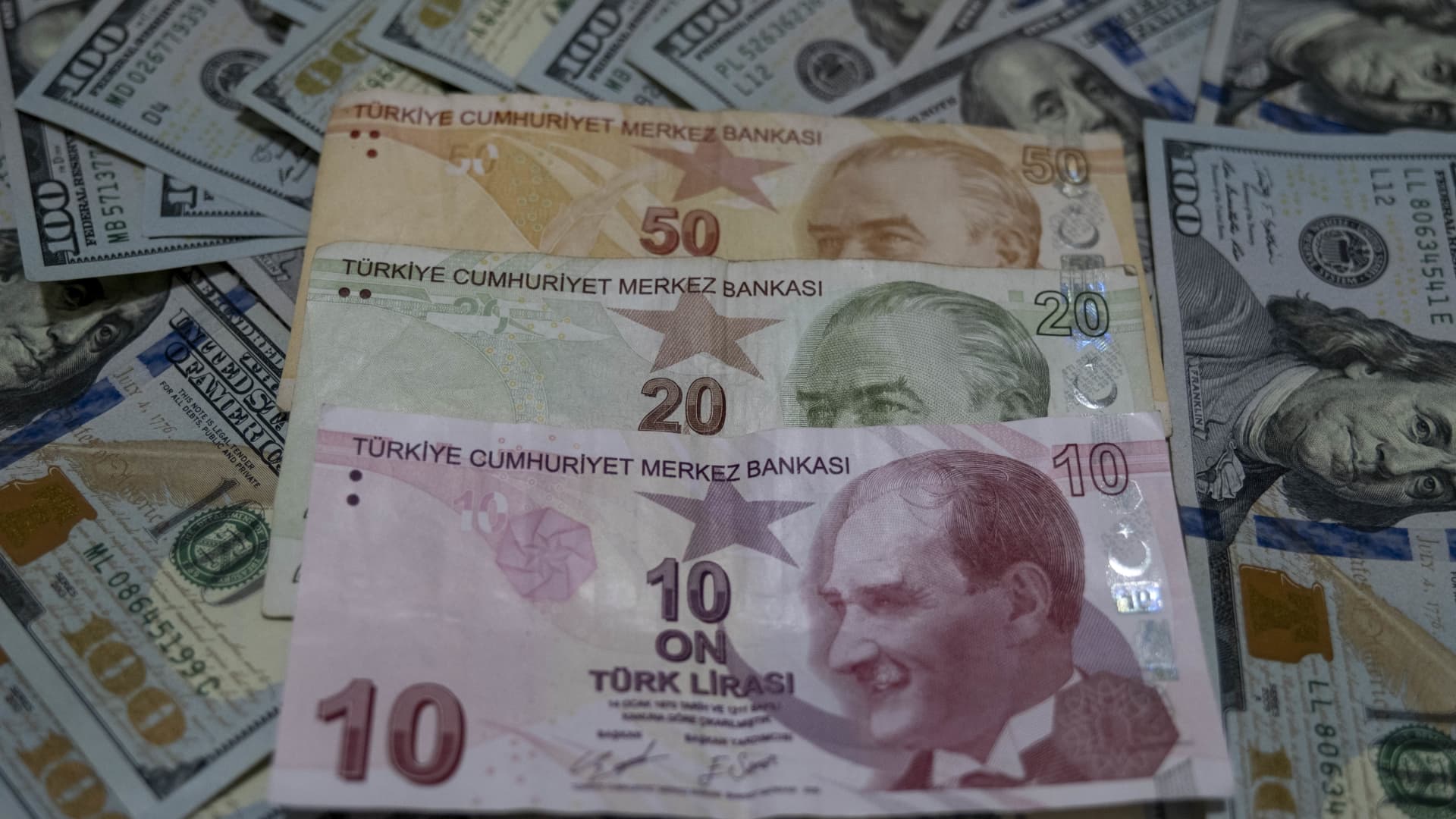Navigating Turkey’s Monetary Policy Shift: A Detailed Analysis
Introduction: The Turbulent Landscape of Turkish Economics
Turkey’s economic landscape has long been a study in contrasts, where bold policy shifts often collide with volatile market reactions. The country’s central bank, the Central Bank of the Republic of Turkey (CBRT), has recently embarked on a significant monetary policy pivot, transitioning from a tightening stance to an easing cycle. This shift comes at a critical juncture, as Turkey grapples with persistent inflation, a weakening currency, and the delicate balance between stimulating growth and maintaining price stability.
The Historical Context: A Monetary Policy Rollercoaster
Turkey’s monetary policy has rarely been characterized by stability. Over the past decade, the CBRT has oscillated between aggressive rate hikes and abrupt easing cycles, reflecting the complex interplay of economic pressures, political considerations, and external shocks. This volatility has created an environment of uncertainty, challenging businesses, investors, and policymakers alike.
The most recent tightening cycle began in response to soaring inflation, which reached alarming levels in 2023. The CBRT raised interest rates significantly, a move that initially garnered investor approval but strained businesses accustomed to lower borrowing costs. However, this tightening phase was disrupted by political turbulence, including the reported arrest of a key central bank official, which triggered an abrupt rate hike and reversed previously implemented cuts. This episode underscored the delicate balance between monetary policy and political pressures in Turkey.
The Current Easing Cycle: Rationale and Implementation
Despite the earlier disruptions, the CBRT has now firmly embarked on a new easing cycle, initiating a series of rate cuts in response to a decline in inflation. The most recent moves involve cutting the key interest rate, the one-week repo rate, multiple times, with cuts ranging from 250 to 300 basis points. These reductions have brought the policy rate to levels not seen since late 2023.
The rationale behind this shift is multifaceted. Primarily, inflation, while still elevated, has shown signs of moderation, allowing the CBRT to cautiously adjust its stance. The central bank aims to support economic growth without jeopardizing price stability. Additionally, the CBRT is likely under pressure to alleviate the financial burden on businesses and consumers, who have been grappling with high borrowing costs. External factors, such as global interest rate trends and capital flows, also influence the CBRT’s decisions.
The Impact of Rate Cuts: A Mixed Bag of Consequences
Interest rate cuts have a wide-ranging impact on the economy, affecting various stakeholders differently. The winners and losers of this policy shift are as follows:
Winners
- Businesses: Lower interest rates reduce borrowing costs, making it easier for companies to invest, expand, and create jobs. Sectors reliant on credit, such as construction and manufacturing, stand to benefit significantly.
- Consumers: Reduced interest rates can lead to lower borrowing costs for mortgages, car loans, and other forms of credit, boosting consumer spending and confidence.
- Stock Market: Rate cuts typically boost stock prices, as lower interest rates make stocks more attractive relative to bonds.
- Government: Lower interest rates reduce the government’s borrowing costs, potentially freeing up resources for other priorities.
Losers
- Savers: Lower interest rates reduce the returns on savings accounts and fixed-income investments, potentially eroding the purchasing power of savers.
- Banks: Rate cuts can squeeze banks’ profit margins, as they earn less on loans.
- Inflation Hawks: Those concerned about inflation may view rate cuts as premature, fearing that they could reignite inflationary pressures.
- Currency Value: Rate cuts may lead to the depreciation of the Lira, making imports more expensive and potentially fueling inflation.
Inflation: The Persistent Challenge
Despite the recent decline, inflation remains a significant challenge for Turkey. The CBRT’s easing cycle is predicated on the belief that inflation is under control, but many observers remain skeptical. The current rate of inflation, while lower than previous peaks, is still considerably high.
Several factors could reignite inflationary pressures:
- Lira Depreciation: Further rate cuts could weaken the Lira, making imports more expensive and fueling inflation.
- Demand-Pull Inflation: Increased consumer spending, driven by lower interest rates, could lead to demand-pull inflation.
- Cost-Push Inflation: Rising energy prices or other supply-side shocks could push up production costs and lead to cost-push inflation.
The CBRT will need to carefully monitor inflation and be prepared to reverse course if necessary.
Political and Economic Considerations: The Delicate Dance
Turkey’s monetary policy is not solely determined by economic factors. Political considerations often play a significant role. The government may pressure the CBRT to pursue policies that support economic growth, even if it means tolerating higher inflation.
The relationship between the central bank and the government is crucial. A lack of central bank independence can undermine the credibility of monetary policy and lead to higher inflation expectations. The CBRT must navigate this delicate dance, balancing the need for economic stability with political pressures.
The Global Context: External Influences on Turkish Policy
Turkey’s monetary policy is also influenced by global economic conditions. Changes in interest rates by major central banks, such as the Federal Reserve and the European Central Bank, can affect capital flows and exchange rates in Turkey.
A strong global economy can boost demand for Turkish exports, supporting economic growth. However, a global recession could negatively impact Turkey’s economy. The CBRT must remain vigilant, monitoring global trends and adjusting its policies accordingly.
The Road Ahead: Challenges and Opportunities
Turkey faces a challenging but potentially rewarding path forward. The recent interest rate cuts could provide a much-needed boost to the economy, but they also carry risks. The CBRT must carefully balance the need to support economic growth with the imperative of maintaining price stability. This will require a data-driven approach, a willingness to adjust policy as needed, and a commitment to central bank independence.
Conclusion: A Delicate Balancing Act
Turkey’s monetary policy shift represents a delicate balancing act. The CBRT is attempting to navigate a complex economic landscape, balancing the need to stimulate growth with the imperative of controlling inflation. The success of this endeavor will depend on a number of factors, including the trajectory of inflation, the stability of the Lira, and the overall health of the global economy. The coming months will be critical in determining whether Turkey can successfully navigate this monetary policy transition and achieve sustainable economic growth. The stakes are high, but with careful management and a commitment to economic stability, Turkey can chart a course toward a more prosperous future.












